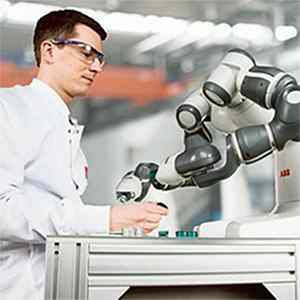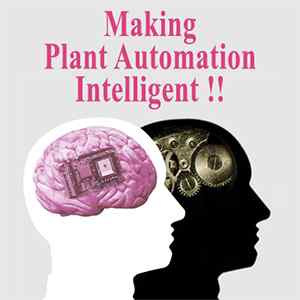IoT Deployments in industrial automation companies

Unleash Full Potential Of IoT Deployments
Cisco’s IoT World Forum 2017 at Tobacco Dock, London, concluded with keynote speeches on the vision for the future of Internet of Things among many other IoT and Cloud topics.
The underlining concern of every major industry that attended the consortium, especially Plant Automation, was – how to unleash the true potential of IoT Deployments?
Although the answer to this question is elaborate and requires actual scalable, functioning deployments to verify, we will enumerate and enlighten some of the key points collected from reputed sources.
What Is Internet Of Things in automation industries?
Internet of Things (IoT) is an inter-network of connected industrial ecosystems and platforms. This is achieved by linking any processor-embedded device with physical objects such as vehicles and buildings through powerful networks.
Within an automation industry, IoT can be used to interconnect the entire manufacturing and supply chain process for synchronous and extremely fast output.
What’s Bugs IoT & what’s The Fix?
Edge Computing platforms - Analytics
Automation experts predict that by 2020, we will have over 30 billion inter connected objects. And the trend has already begun with more and more devices, machines, structures, automobiles and other objects. This multiplying network of things however is resulting in a significant increase in the volume of data. Better analytics have always been a challenge while handling large amounts of data due to problems such as latency. Until now, raw data was being dumped into the Cloud for further examination, leading to higher latency and data fragmentation. However, this trend is changing as more companies are now analyzing and fragmenting data at the source before transferring it to the Cloud.
Companies are now realizing that if they are expecting to get business value and patterns out of storing unstructured data on Cloud, they will end up spending huge amounts of resources with little output. Edge Computing platforms such as Fog Computing, a product of tech giants such as CISCO, ARM, Intel and Microsoft, has identified that a Cloud-only model has made IoT unsustainable, although exploding with potential. Fog adds a hierarchy of elements between Cloud and end-point devices and gateways to meet the challenges related to latency, network bandwidth, reliability and security.
A scalable analytics approach can help you prevent data overload by solving problems that exist at different levels of your enterprise. As examples, local maintenance analytics can use device-level data to produce real-time alerts about critical device and machine health. This can help you implement decisions faster and closer to the process, where time is critical.
Similarly, machine-level or plant-level analytics implemented in Edge devices such as controllers and plant-floor servers can be used to optimize machines, processes and plants. And enterprise-level analytics integrate plant-floor information with business intelligence. This can help you improve your operational productivity or compliance efforts across several sites.
Industrial Security
A bigger concern expressed by the IoT consortium was security. A mega system with streamlined data may be vulnerable to several levels of malicious and non-malicious threats.
To tackle industrial security risks, field experts advise all potential IoT systems to implement Defense-in-Depth (DiD) security approach. DiD security works on the principle that any single point of protection can and probably will be defeated. Therefore it uses physical, electronic and procedural safeguards to create multiple layers of protection throughout your enterprise.
However, this is only one of the ways that must be employed to secure industries. IoT systems such as China’s 100 upcoming smart cities would require multifaceted cyber security approach.
Once IoT systems overcome these, new potentials will be unlocked. Some of the ones predicted by consortiums such as IoT World Forum and WEFUSA 2015 are hybrid industries including digital medicine, precision agriculture, and smart manufacturing. This might also aide in solving the looming fear of increased automation taking away jobs as new skills would be necessary to handle these industries.
The Core of IoT
IoT will lead to an explosive growth in automation once the aforementioned hurdles are overcome. And the reason for the growth will be – thinking, sensing and acting robots. All current industrial robots –microcosms of the industrial internet – are nothing more than advanced automated arms with limited sensing and reasoning capabilities.
The current pace of advancement in building brain-inspired computers and its integration with cloud platforms will only boost IoT and make it a nearly indestructible system that will become the cogwheels that mechanize our future industrial and environmental growth.











